
Below is a pos cash register video, please watch it carefully to learn more!
Watch the video above and you will find that our POS cash register is worth investing in, whether it is the exquisite appearance design, stable and efficient performance, or the fast and smooth operation experience. Order today to enjoy the latest price discount.
| Specification | Details | Specification | Details |
|---|---|---|---|
| Display Size | 15-22 inches, touchscreen, adjustable brightness | Processor | Intel Core i3/i5/i7, ARM-based, or equivalent |
| Memory (RAM) | 4GB - 16GB, DDR4 | Storage | 64GB - 512GB SSD, optional external storage |
| Operating System | Windows, Android, iOS, or proprietary POS software | Barcode Scanner | 1D/2D barcode support, laser or imaging technology |
| Receipt Printer | Thermal or impact printer, 80mm paper width, auto-cutter | Payment Terminal | EMV-compliant, NFC/contactless payments, magnetic stripe, chip, and PIN support |
| Cash Drawer | 4-5 bill compartments, 5-8 coin slots, steel construction, lockable | Customer Display | 7-15 inches, LED or LCD, optional touchscreen |
| Connectivity | Wi-Fi, Ethernet, Bluetooth, USB ports, optional 4G/5G support | Peripheral Integration | Compatible with scales, kitchen printers, customer displays, and other accessories |
| Power Supply | 100-240V AC, Uninterruptible Power Supply (UPS) optional | Dimensions | Varies by model, typically 12-18 inches width, 10-15 inches height, 10-14 inches depth |
| Weight | 8-15 lbs depending on configuration | Security Features | Biometric login, encrypted payment processing, role-based access control |
The creation of a cash register POS (Point of Sale) system involves a multi-step process that integrates advanced technology with practical functionality. It begins with the design phase, where engineers and designers collaborate to develop the system's hardware and software. The hardware components, including the touchscreen display, processor, memory, and peripheral devices like barcode scanners and receipt printers, are carefully selected and assembled. During this stage, the focus is on durability, user-friendliness, and the ability to handle high-volume transactions.
Simultaneously, the software is developed, encompassing everything from the operating system to the specific POS application that manages sales, inventory, and customer data. This software must be intuitive, secure, and capable of integrating with various payment methods and business management tools. After assembly, the system undergoes rigorous testing to ensure that all components work seamlessly together and that the software functions correctly under different scenarios.
Once testing is complete, the system is customized according to the client's specific requirements, which may include branding elements, specialized software features, or additional hardware peripherals. The final product is then packaged and shipped to the customer, ready for installation and use. Continuous support and updates are provided to ensure the POS system remains efficient and up-to-date with the latest technological advancements.
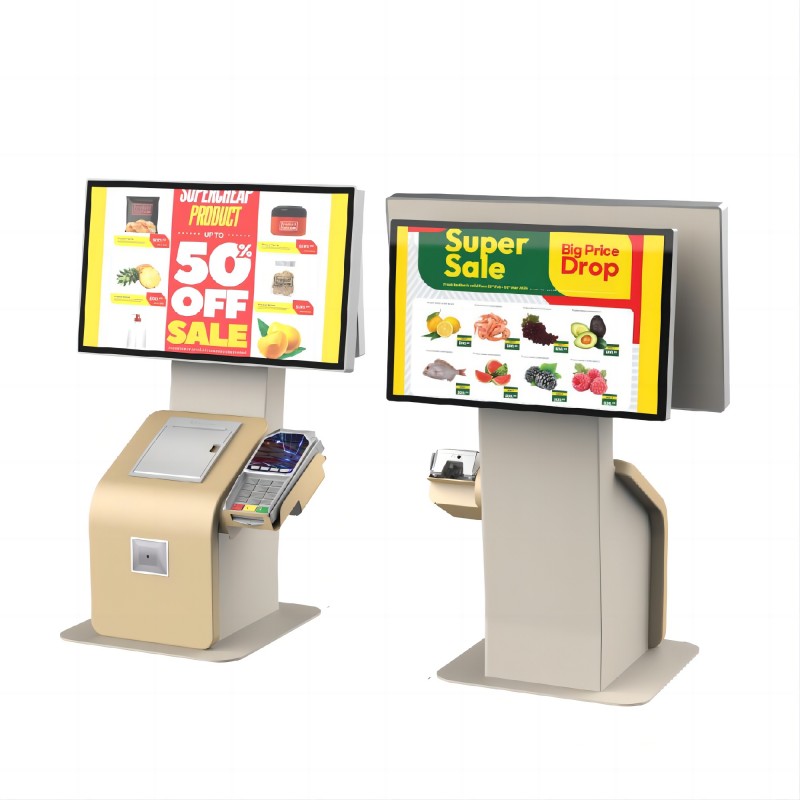
Product Entry: The cashier either scans the product's barcode using a barcode scanner or manually enters the product information into the system. The item details and price are automatically displayed on the screen.
Price Calculation: The system calculates the total cost of the items in the customer’s cart, including applicable taxes, discounts, and promotions, and then displays the final amount to be paid.
Payment Processing: The customer selects a payment method (cash, credit/debit card, or mobile payment). The POS system processes the payment through an integrated payment terminal, which securely handles the transaction.
Receipt Generation: After the payment is successfully processed, the system generates a receipt, which is printed and handed to the customer. The receipt contains details of the transaction, including items purchased, total amount, and payment method.
Inventory Management: The POS system automatically updates the inventory records to reflect the sold items, helping maintain accurate stock levels and providing alerts for reordering when necessary.
Sales Reporting: The system stores transaction data, which can be accessed later to generate detailed sales reports. These reports help business owners analyze performance, track trends, and make informed decisions about inventory, staffing, and promotions.
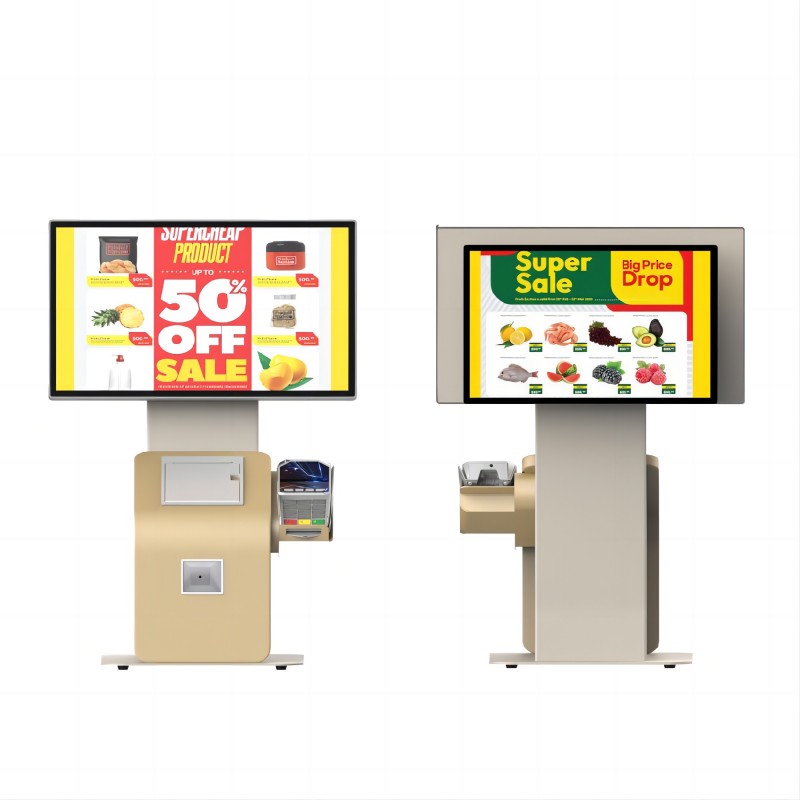
Investing in a cash register POS system involves initial costs such as purchasing hardware, software licensing, and potential setup and training fees. Hardware costs vary, typically ranging from $500 to $2,500 depending on the complexity, while software subscriptions can cost $20 to $200 per month. Additional expenses may include ongoing maintenance, support, and transaction fees for processing card payments.
Despite these costs, the return on investment (ROI) can be significant. A cash register POS system enhances operational efficiency by automating transactions, reducing human error, and streamlining inventory management. This leads to faster checkouts, improved accuracy in sales reporting, and better customer service, which in turn increases revenue. Moreover, the system's ability to generate detailed analytics helps businesses make data-driven decisions, optimizing pricing, inventory, and staffing. Over time, as the system scales with the business, the improved efficiency and customer satisfaction contribute to a strong and sustained ROI, making the initial investment highly worthwhile.
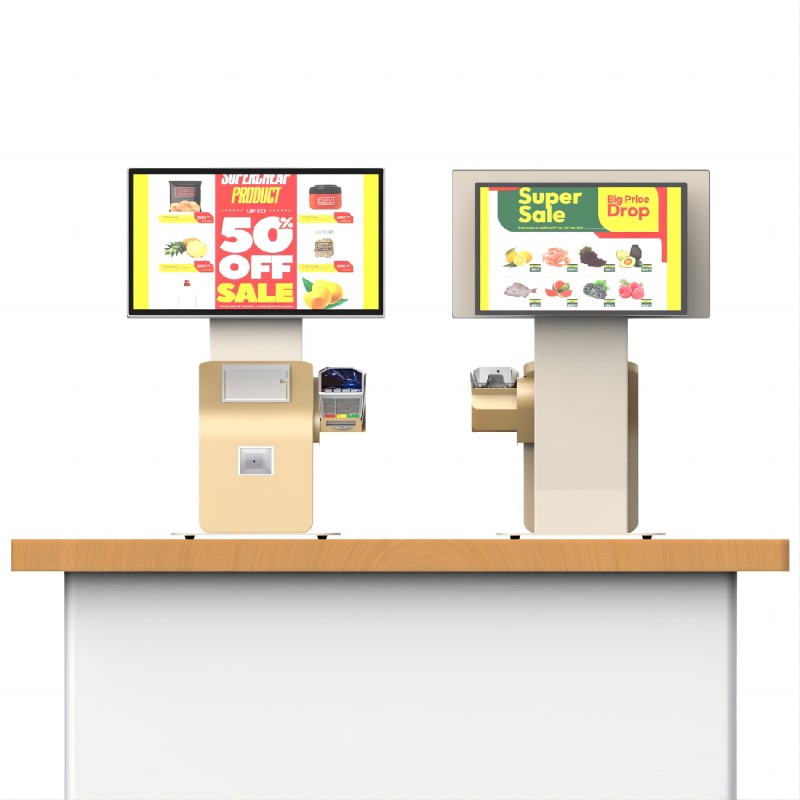
Hardware Configuration: Customize the POS hardware by selecting specific components like touchscreen size, barcode scanners, receipt printers, and cash drawers to suit your business needs.
Software Features: Tailor the POS software with features such as inventory management, customer loyalty programs, employee management, and real-time sales reporting.
User Interface (UI) Design: Personalize the user interface to match your brand’s aesthetics, including custom themes, color schemes, and logo integration.
Payment Integration: Choose and integrate various payment methods, such as credit/debit cards, mobile payments (e.g., Apple Pay, Google Wallet), and contactless payments, ensuring compatibility with your business model.
Security Enhancements: Add security features like biometric login, encrypted payment processing, and role-based access controls to protect sensitive data and transactions.
Peripheral Integration: Integrate additional peripherals such as scales, kitchen printers, customer-facing displays, or even self-service kiosks to expand the system’s functionality.
Cloud or On-Premises Deployment: Decide between a cloud-based POS system for remote access and automatic updates, or an on-premises system for greater control over data and operations.
Assess Business Needs: Before purchasing, carefully evaluate your business’s specific needs, such as the volume of transactions, types of payments accepted, and inventory management requirements.
Budget Considerations: Determine your budget, taking into account both upfront costs (hardware, software) and ongoing expenses (maintenance, transaction fees). Balance cost with the features and support you require.
Scalability: Choose a POS system that can scale with your business growth. Ensure the system can accommodate additional registers, employees, or locations as needed.
Ease of Use: Opt for a system that is user-friendly and easy to train employees on, minimizing downtime and errors. A straightforward interface can significantly enhance operational efficiency.
Vendor Support: Look for a reputable vendor that offers strong customer support, including installation assistance, training, and ongoing technical support to ensure smooth operation.
Integration Capabilities: Ensure the POS system integrates seamlessly with other business tools you use, such as accounting software, e-commerce platforms, or CRM systems.
Trial Period and Reviews: Take advantage of trial periods to test the system before committing. Additionally, read customer reviews and seek recommendations to ensure you choose a reliable and effective POS solution.
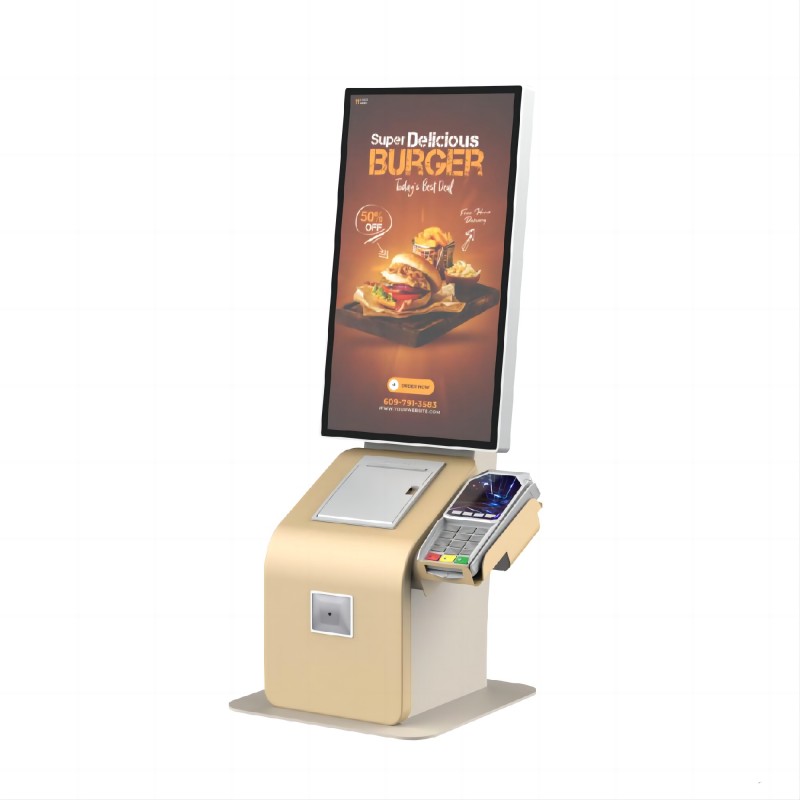
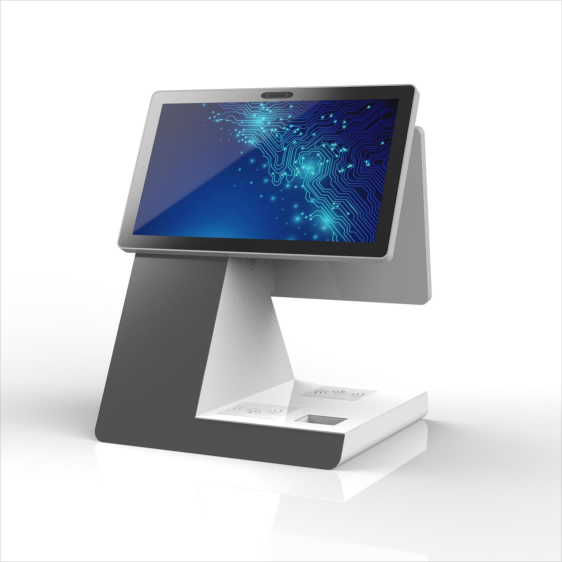
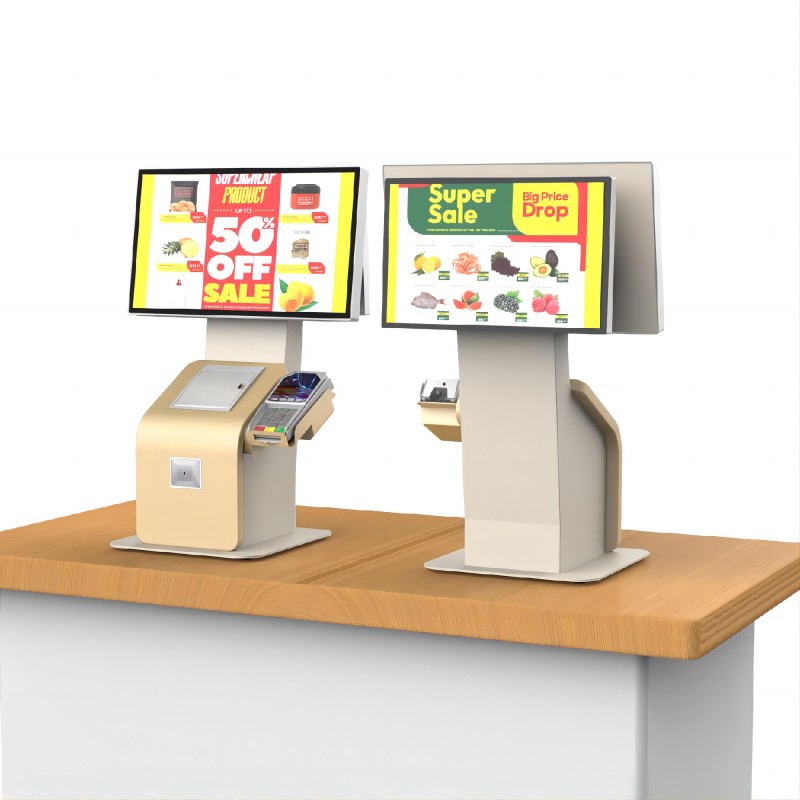
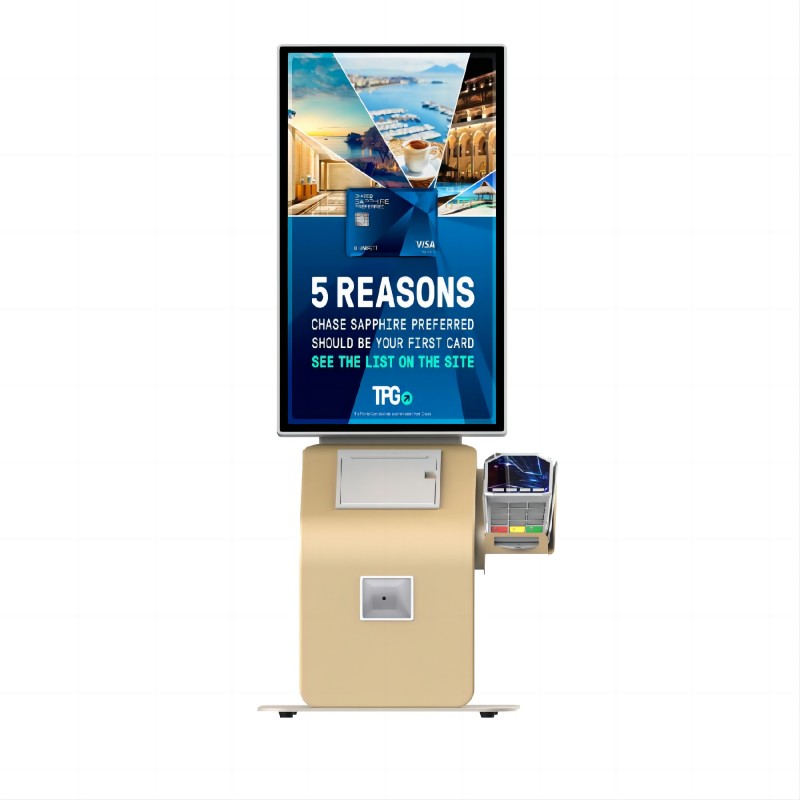
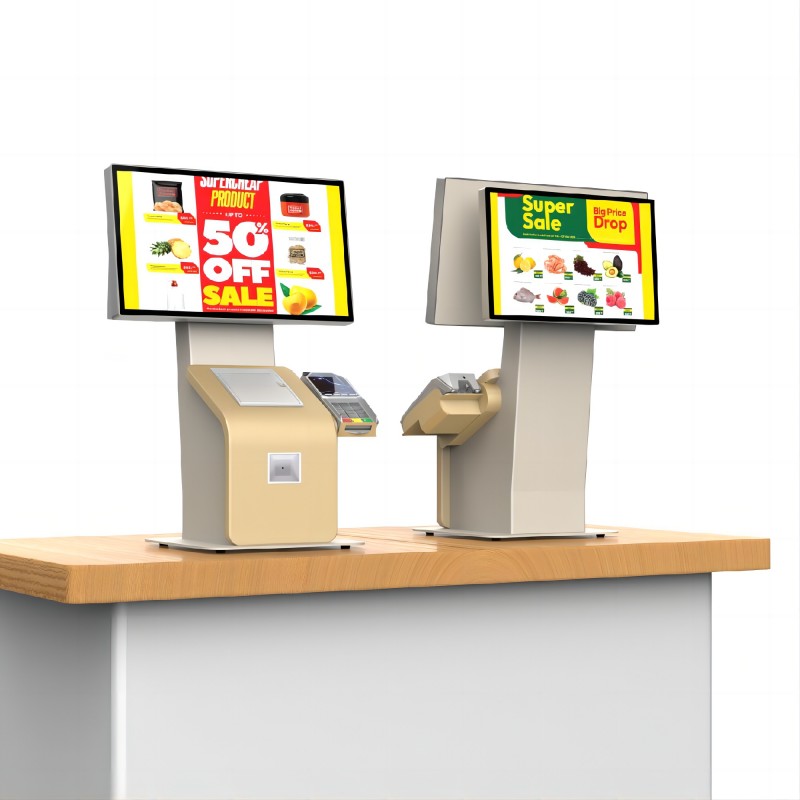
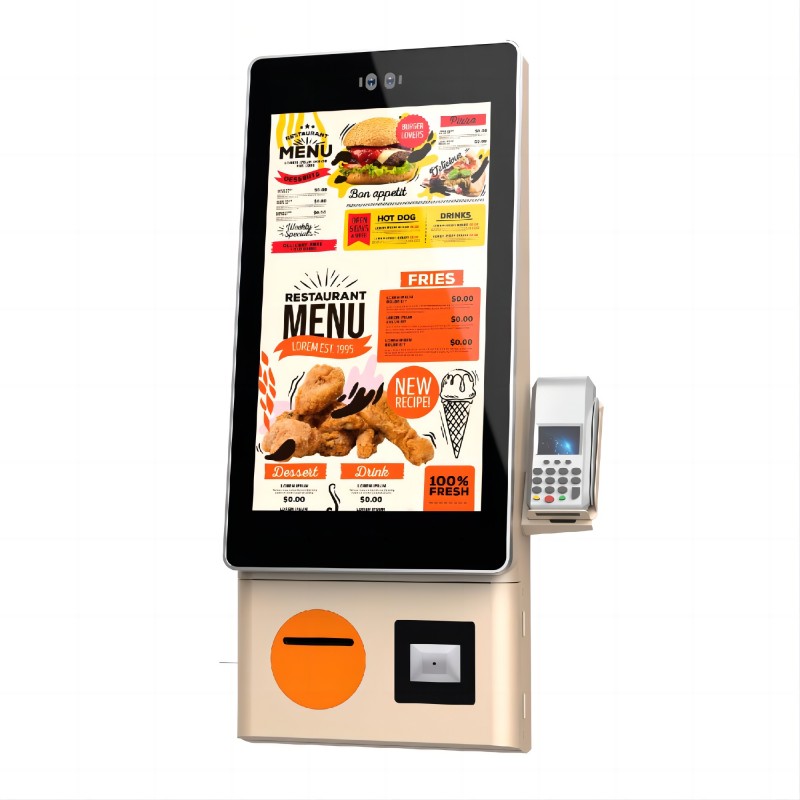
What did our happy clients say?
The POS cash register has greatly streamlined our checkout process. Its user-friendly interface and reliable performance have improved our efficiency. Thanks to [Supplier Name] for their excellent support!
We’re thrilled with our new POS register! It’s fast, accurate, and fits perfectly in our store. A big thank you to [Supplier Name] for their exceptional service and customization options.
Our sales have become more efficient thanks to this POS system. The integration with our inventory has been seamless. Kudos to [Supplier Name] for their outstanding product and support.
The POS cash register is a game-changer for us. It’s easy to use and very reliable. We appreciate Lean kiosk system for their prompt delivery and excellent customer service. Highly recommended!